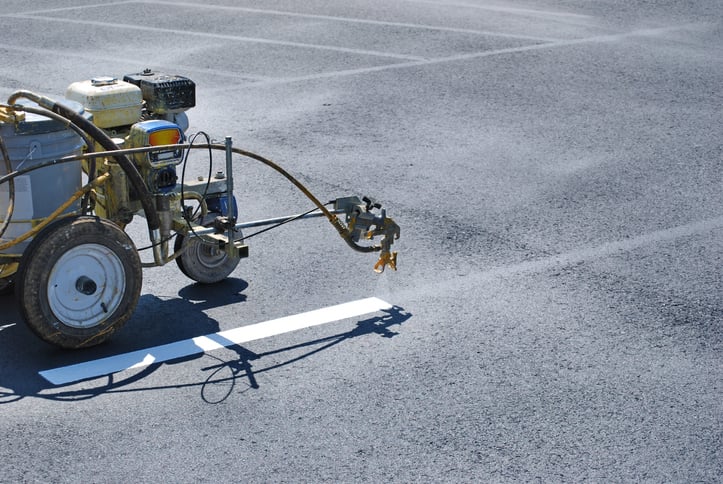The Benefits of a Multi-Site Facilities Manual and What to Include

For companies with multiple sites, it can be challenging to ensure that facilities are managed efficiently, consistently and in compliance with organizational standards at all locations. That’s why it’s essential to have a facilities manual that serves as a site-level guide to these standards and offers facilities maintenance best practices and resources.
Trust Chain Store Maintenance for
Reliable, Immediate Commercial Property Services
Here are the key reasons for developing a multi-site facilities manual and the key information your company should consider including in yours.
Why create a facilities maintenance manual
Developing a multi-site facilities maintenance and repair manual is an effective way to ensure your company’s protocols are communicated even amid high turnover that can be common at the site level. A facility maintenance manual can help store managers understand their site’s assets and inspection processes, how to handle repairs, what classifies as an emergency and what doesn’t, and more.
Your manual can serve as a general guide and an emergency resource, highlighting what to do in case of an emergency and listing the appropriate contacts. It can also support your onboarding and training efforts and promote knowledge transfer. But perhaps most importantly, a facility maintenance manual establishes consistency across multiple properties to maintain your overall corporate and organizational standards.
What to include in your facility maintenance manual
Your facilities manual should detail core competencies focused on processes and knowledge of the site versus maintenance knowledge. For example, you might want to include:
- Links to company policies and procedures for employee safety and emergency response
- Links to maintenance manuals and maintenance videos for troubleshooting
- Your organization’s escalation protocol for identifying support at varying levels of urgency
- An overview of technology, including a how-to guide on use and misuse and how/where to order common parts and equipment
- FAQs and common best practices that are updated regularly and a glossary of terms as needed
- A standard list of parts and tools that should be readily available at the site and a recommended inventory checklist for annual reorder of parts
- A quick reference guide linking common issues with internal/external subject matter experts who can assist
- A review of vendor standards to establish protocols for interacting with service providers when they are on site
Tips for structuring your facilities maintenance manual
When it comes to ensuring your manual will be used and understood by employees at each site, how the guide is formatted and organized can be just as critical as the content you include. Ensure that information is presented in an easy-to-digest format that can be searched by keywords.
It should be focused on common issues a store-level employee might encounter and how to address them—and it should also be highly accessible and free of as much jargon as possible. Aim to keep information short and to the point where possible and be sure to include key info up front for quick access. This ensures employees won’t have to dig, and you can include more items and details as needed later in the manual in case a deeper dive into a topic is needed.
Include preventive maintenance in your facilities manual
While your facilities maintenance manual should serve as a handy guide for common issues that can arise at your sites, proactive, preventive maintenance should be an important focus area as well as reactive processes and protocols. Be sure to include preventive maintenance best practices that can help ensure fewer breakdowns, extend equipment life, boost safety and more, such as preventive maintenance programs for HVAC and backflow and snow removal planning timelines.
Contact lists can save time
Including a contact list in your multi-site facilities manual can save time when repairs are needed, especially if there is an emergency. Here are some key contacts you should be sure to keep updated.
- Internal facilities contacts for your store, market and region. They may be able to help you out in a jam by answering questions or even supplying replacement parts.
- Emergency and routine contact information for your facilities maintenance partners. (Of course when you work with Chain Store Maintenance, we can be your single-point-of-contact for all of your interior and exterior facilities needs).
- Local emergency numbers for fire, police, chemical spills and security. Don’t hesitate to call 911 if it’s an urgent emergency.
- Local municipality or county contact information for things like permits and regulations.
Be sure to include Chain Store Maintenance in your plan
Ensure everyone across your organization is on the same page with an effective multi-site facilities manual—and be sure to include Chain Store Maintenance – an MCS Company as a key resource. We can also help you set up a service plan. To learn more, contact your Chain Store account representative or email CSMsales@ChainStore.com.



